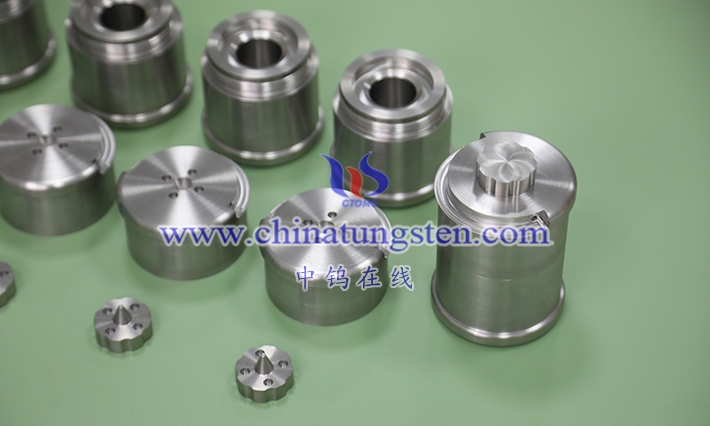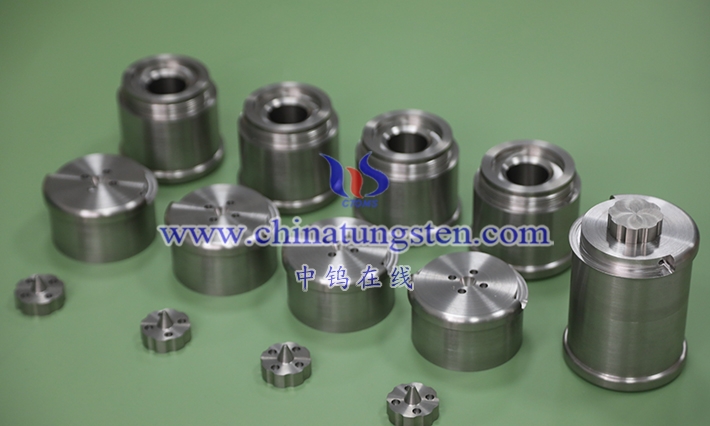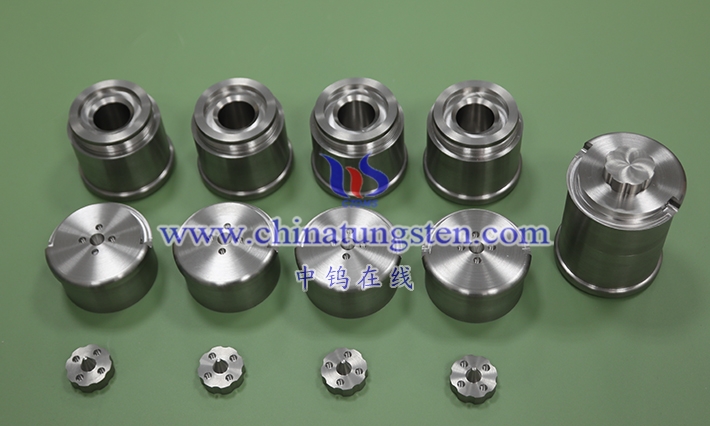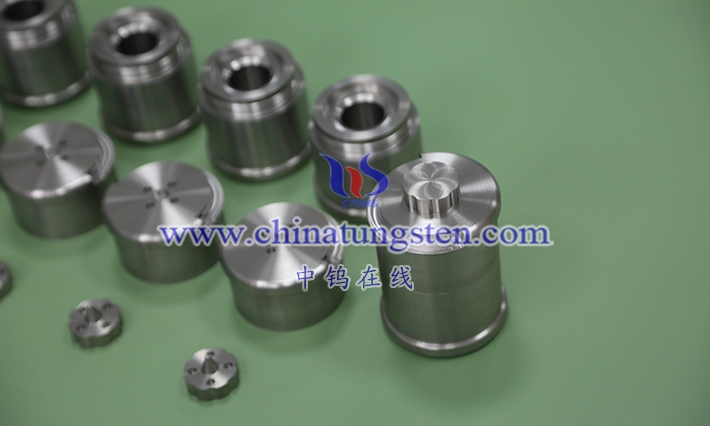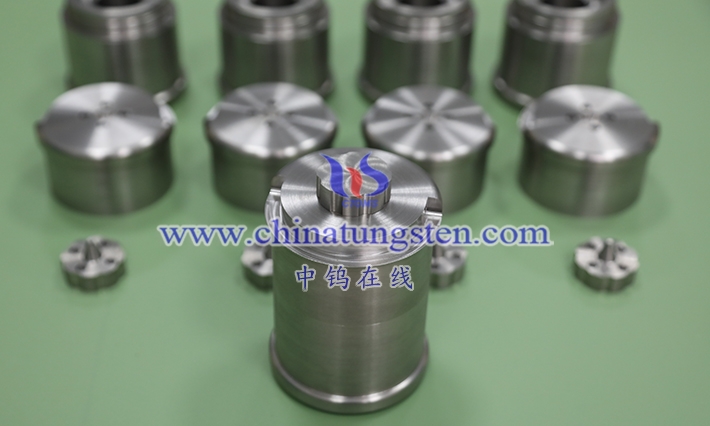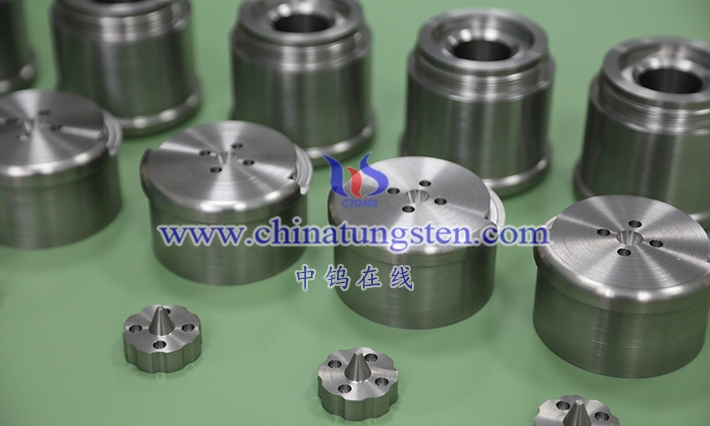The performance comparison between tungsten alloy screws and molybdenum screws mainly involves mechanical properties, heat resistance, thermal conductivity, density, and corrosion resistance. First, in mechanical properties, tungsten alloy screws exhibit higher tensile strength (1100-1500MPa) and hardness (HRC 25-35), with strong wear resistance, capable of withstanding high torque and vibration, suitable for precision assembly. In contrast, molybdenum screws have slightly lower hardness but good fatigue resistance, reducing fracture risk under dynamic loads. Both are suitable for high-strength connections, but tungsten alloys are more wear-resistant.
Second, in heat resistance, tungsten alloy screws have a higher melting point (about 3422°C), with excellent stability in high-temperature environments, such as aerospace furnace fixation. Molybdenum screws also have a high melting point (2623°C), but better thermal conductivity (about 138W/m·K vs. tungsten’s 174W/m·K), aiding rapid heat dissipation to avoid overheating. They complement each other in high-temperature applications, with molybdenum more suitable for scenarios requiring efficient heat conduction.
Third, in density comparison, tungsten alloys are higher (16.5-18.5g/cm³), providing better radiation shielding and counterweight functions, such as in medical equipment. Molybdenum has lower density (10.2g/cm³), lighter weight, and better processability, suitable for lightweight needs.
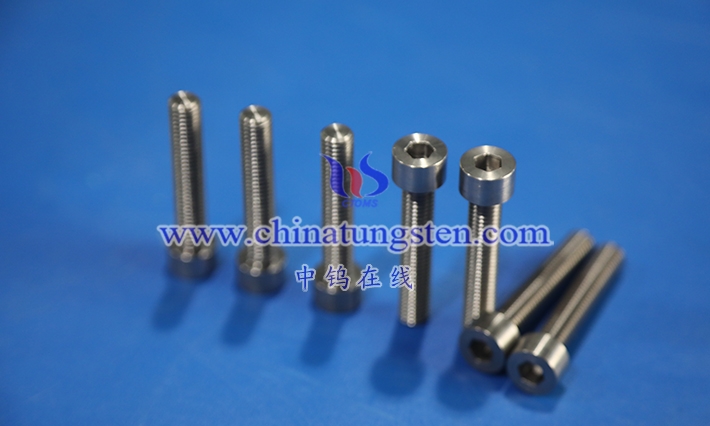
Fourth, corrosion differences: Tungsten alloys have good chemical stability but require surface coatings for enhancement in strong acids or salt fog; molybdenum alloys have slightly stronger corrosion resistance, especially in reducing atmospheres. Both are superior to ordinary steel, but molybdenum is more reliable in certain chemical environments.
Overall, tungsten alloy screws excel in density and hardness, suitable for radiation protection and high-strength occasions; molybdenum screws lead in thermal conductivity and processability, suitable for high-temperature heat dissipation applications. The choice depends on specific needs, such as tungsten for vibration resistance in aviation, molybdenum for heat management in semiconductors. This comparison highlights their complementarity in high-end industries, promoting material optimization.
